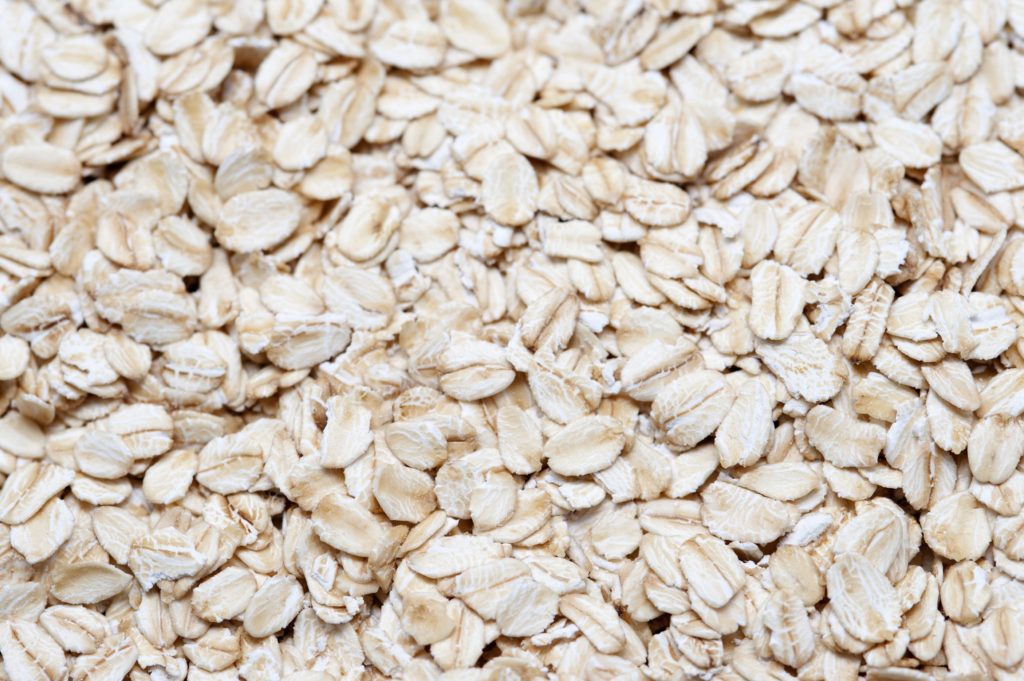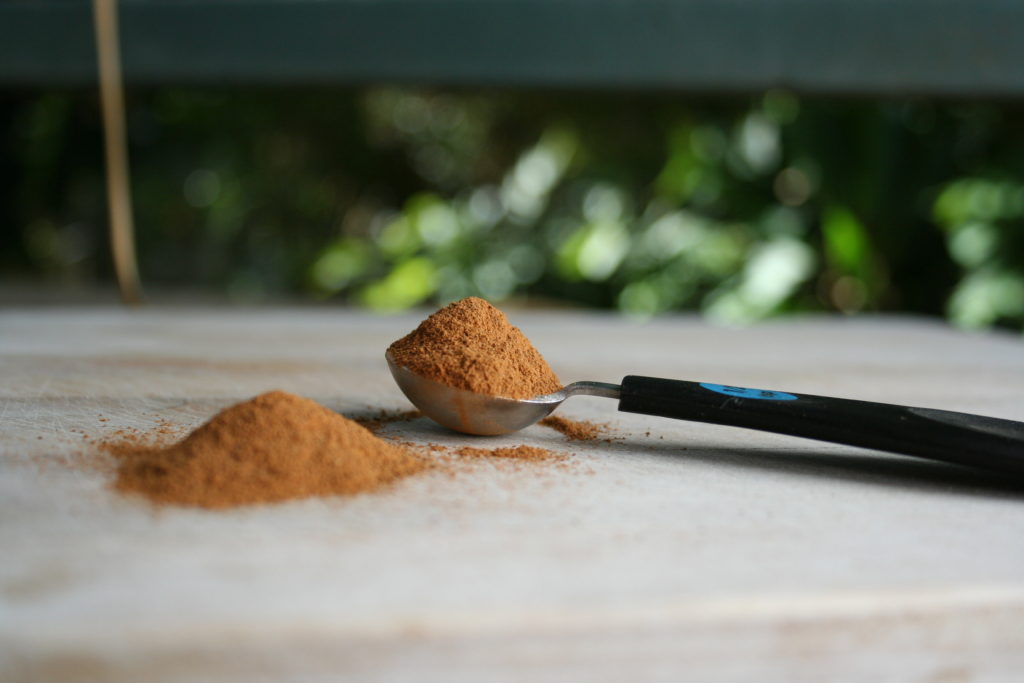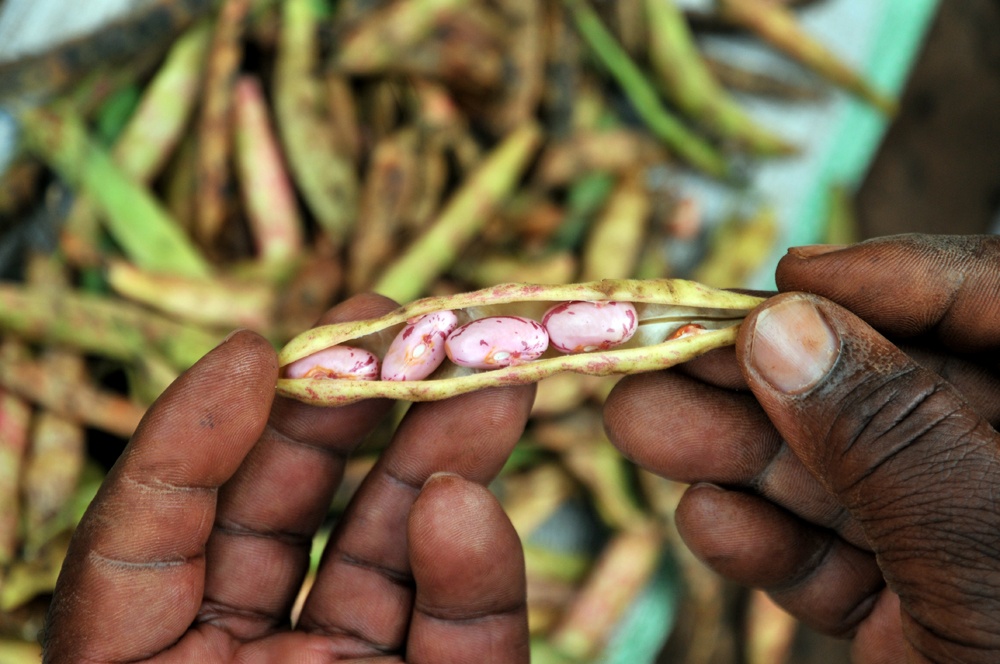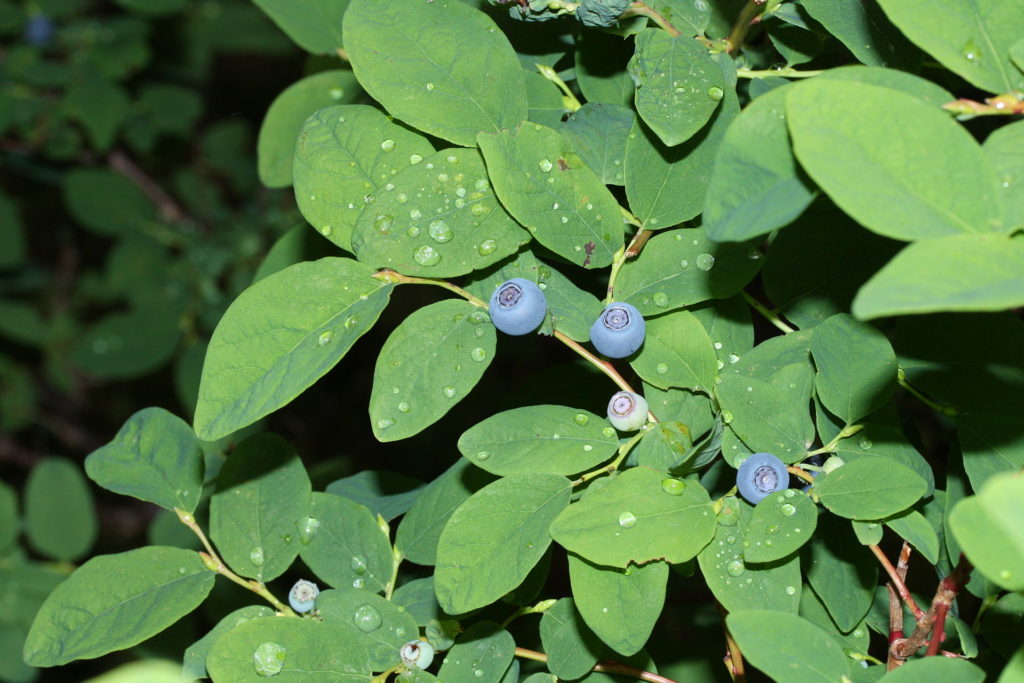
Cup of tea with mint and lime on table on bright background
HERBS FOR DIABETES
Sugar disease (diabetes) is one of the most common chronic diseases and occurs when the body stops producing the hormone insulin or does not use it to the necessary extent.
Numerous plants are used in popular medicine to treat the disease, and the best effects are teas and porridge made of helium, oats, pebble and rice, so diabetics are recommended to use them daily.
In addition to cereals, some medicinal herbs are also used to ease diabetes-induced problems.
WARNING: Medicines, cereals and herbs can’t help diabetics unless they adhere to a dietary diet, determined by a doctor by the type and severity of sugar yields.
Research on the effects of medicinal plants on diabetes
Research has confirmed that some herbs, herbal extracts and plant ingredients work similarly to the drugs used in type II diabetes, especially white mulberry leaves, olives and blueberries…
Diabetes is a very specific disease in which herbs should not be used independently, but as a supplementary therapy and with the supervision of doctors. But the positive effects of herbal therapy cannot be ignored.
Today, the hypoglycemia and antihyperglycemic effects of some traditional drugs have been confirmed by science through modern organized experimental and clinical trials. Some compounds isolated from herbs in traditional medicines look similar to insulin, and there are even more that can be included in one of the four groups of oral anti-diabetics.
Little is known about the efficacy of medicinal plants and the possibility of their proper application in diabetes. As usual, they can only be used on their own in milder forms of diabetes.
It would be best to monitor the effects of this combined therapy. On that basis, a physician could be sure of the effectiveness of this combination and perhaps correct the dose of medicine.
What are the most famous plants used for diabetes therapy?
The most famous plants used today for diabetes therapy are blueberry leaf (Myrtillin folium) and beans, seedless bean pods (Phaseoli pericardium). They are mostly used individually, and the effects of applying these drugs to blood glucose levels are associated with the presence of chrome salt.
In addition to these, we use a leaf of white mullet (Morus alba) in diabetes therapy, or olive leaf (Oliva Europaea). In the near future, the most promising herb in diabetes therapy is sc pee, or Greek seeds (Trigonella foenum-graecum).
It is used in the traditional medicine of many nations, and modern studies have confirmed the presence of different types of ingredients that affect blood sugar levels. It is recommended to apply sceduch seeds as a food supplement, but also through different forms of herbal remedies.
Effect of medicinal plants on diabetes
From some plants are isolated proteins that are amino acid composition and by the effects of application in the form of insulin-like injections. Herbal extracts also act on the release of insulin from beta cells, patenting the effect of insulin: reduced gluconeogenesis in the liver, or reduced glucose absorption from the digestive tract.
It has been confirmed that this action shows the ingredients of plants from a group of secondary metabolites (some amino acids, alkaloids, phenolic acids, procyanidins and tannins, flavonoids, sulphuric compounds, polysaccharides…).
Such research can also serve as the basis for preparing herbal remedies for certain forms of diabetes, and certain plant ingredients can also serve as a chemical basis for the construction of new synthetic medicines.
Diet in diabetes
Diet is known to be an integral part of the treatment of patients with diabetes. And vegetables can have certain effects on blood glucose levels.
In the experiments, some species showed hypoglycemia and antihyperglycemic effects – pumpkin type (Cucurbita ficifolia), beans (Phaseolus vulgaris), a type of Cactus (Opuntia streptacantha), spinach (Spinacea oleracea), cucumin (Cucumis sativa), cumin (Cuminum cyminum).
Cauliflower, onions and garlic showed an antihyperglycemic effect, but cabbage and lettuce did not significantly affect blood sugar levels.
Despite significant results in chemical and pharmacological testing of plants and traditional diabetes drugs, there are few officially registered medicinal products for the treatment of diabetes. In the German drug registry, for example, where usually each therapeutic group of drugs contains a certain number of registered herbal medicines, there are only two preparations indicated for diabetes therapy.
And spices have an effect on diabetes: coriander fruit extract (Coriandrum sativum) increases insulin levels in the blood by stimulating secretion, or by activating inactive forms, and some types of Taiwanese pepper (Piper sarmentosum – chaplu) stimulate insulin secretion.
In our pharmacies are frequent preparations from a group of dietitians that are recommended for diabetics, and plant teas that are recommended for diabetes can be found. Teas should be used with a doctor’s consultation and laboratory control of blood glucose levels.
The traditional medicine report mentions more than 800 different plants for diabetes. Of the many plants used in Morocco for diabetes therapy, Trigonella foenum graecum (Greek seed) stands out as the most effective. Similar research has been done in Egypt.
The most data on this type of testing of plants and folk remedies in diabetes therapy was found in the central American and Mexico and countries of far-off Asia (China and India).
In India in particular, a lot of attention is paid to examining the antihyperglycemic effects of plants and herbal remedies. This is most likely due to the legacy of Ayurveda medicine, but also of modern problems (about 5% of the population suffers from diabetes).
-
Diabetes helium
Grains of this grain are rich in nutrients, mostly carbohydrates, proteins and vegetable oils. The minerals contain potassium, phosphorus and calcium, although the amounts of magnesium, sodium and iron are not negligible.
It also has microelements ion, zinc and brom, organic acids and routine, a substance from the vitamin P group, and contains almost all vitamins of group B. Healing helium has been confirmed by scientific research, and in popular medicine, it is used in three ways, such as dried plant tea, porridge (porridge) and seed tea.
Recipe
– 400 g of helium beans
– 200 g oats (oats)
Add 200g of this mixture to a litre of water and heat on a quiet fire. As soon as it boils, remove from the stove and cover. After 15 minutes, drain and drink during the day instead of water.
-
Oats (oats) in diet in diabetes

Although it is the most hinged cereal, it is not used enough in the diet. Due to the abundance of minerals (calcium, phosphorus, iode, potassium, iron, zinc, copper, manganese, magnesium, sodium, sulphur, fluoride), amino acids, vitamin K, V H, E and group B, as well as carotene (provitamin A) which encourages the growth and creation of red blood cells, oats are more remedies than food. It also contains 7% cholesterol-free fat.
Recipe
– 4 tablespoons un peeled oats
Pour the zest over a litre and a half of water and cook for 20 minutes on a quiet fire. Remove from the stove, leave the zob to settle, drain and drink during the day. You can add some lemon juice.
-
Cinnamon for diabetes

This aromatic spice has long been used as a cure. It has been proven to stop bleeding, increase stomach function, destroy microorganisms in digestive organs and act on surface tissue collection and is used to treat inflammation of the skin and mucous skin.
The latest research suggests it can prevent heart problems, as well as treat type 2 diabetes because it contains antioxidants and helps better use of insulin.
Half a teaspoon of cinnamon a day
Sprinkle cinnamon on the fruit and try it with boiled potatoes or chicken. You can also add it to soups or lye.
-
Bean pod for sugar disease

In addition to being used for nutrition, beans are also medicinal, especially ripe pods without bean sprouts (not attached). It is both experimentally and clinically proven to treat sugar disease because it contains arkin, an antidiabetic tool that acts similar to insulin.
Recipe
– 50 g bean pods
– 1/2 litre of water
Whisk the pods, pour over the water and cook for 15 minutes on a quiet fire. Remove from the stove and cover. After 3 hours, drain, divide into three parts and drink during the day before the main meals.
-
Diabetes crane
This medicine plant uses the tips of twigs in flowers and seeds. Used to treat mild forms of sugar disease (due to Guvanidin derivatives).
WARNING: This plant can be toxic, so no more than the amount prescribed in the prescription must be added to the medicinal products.
Recipe
– 60 g crane
– 20 g of mulsh leaf
– 20 g of diaper flower
With half a litre of cold water, pour over 3 tablespoons of this mixture, cover and leave to stay the night. Heat to boil for 5 minutes the next day, leave to cool, drain and drink during the day, half an hour before the main meals per glass.
-
Parsley for diabetes

In the diet is everyday spice, and in popular medicine is an indispensable drug. Fruit, root and leaves are used. It is rich in vitamins, and after bars and blueberries, the parsley leaf has the most vitamin C. Parsley leaves should be taken freshly, because it is the only way to retain healing properties. It is extremely effective in the treatment of sugar disease.
Recipe
– parsley root
– parsley leaves
– cup of yogurt or sour milk
Grate the root, whisk the leaves and mix with yoghurt or sour milk. Take the mixture every night before bed.
-
Blueberry leaf against sugar disease

It is mostly used for the treatment of urinating organs and against sugar disease.
TIP PLUS: Keep the dried blueberry leaf whole in a dark and cold place and finely fine before using.
Recipe
– 50 g blueberry leaf
– 10 g of virka
– 10 g linen seed
– 10 g knees
– 10 g crane
In half a litre of water, add 3 tablespoons of the mixture, leave to cook for the night and cook on a quiet fire the next day to boil for 5 minutes. Remove from the stove, leave to cool, drain, divide into 3 pieces and drink a glass before the main meals.
Spices that control diabetes
For years, plants have been used to improve the health of the body. When it comes to diabetes, proper nutrition is known to be a key factor in preventing complications of the disease.
Diabetics are also advised to use the following spices to help control sugar disease:
Basil: One study has shown that basil can lower sugar levels after eating by 7.3%, reducing the need for therapy. You can easily include this spice in your daily diet, adding it to soups, varieties and beverages.
Dill: Contains many chemical compounds that have antioxidant and anti-inflammatory effects, and have a beneficial effect on health. The young leaves of this spice plant contain essential oils multi-use for the body; d-carvon, dilapiol, eugenol, limonene, terpinen and miristicin. Eugenol has an antiseptic effect and has a beneficial effect on blood sugar levels, so it is recommended in the diet of diabetics.
Fennel: It is one of the oldest herbs, still used by ancient Egyptians, Romans and Greeks. It is an excellent source of dietary fibre, which increases insulin sensitivity and prevents the development of type 2 diabetes.
Rosemary: Contains ingredients that help control type 2 diabetes, as research has shown at Urban University in Illinois. Fresh rosemary maintains normal blood sugar levels, contains higher levels of polyphenol and more strongly inhibits the enzyme, which normally eliminates, incremental from the body (lack of increments leads to an increase in blood sugar levels). But dried rosemary also helps inhibit an enzyme that makes cells more tolerant of insulin















[…] HERBS FOR DIABETES: FOODS AND SPICES TO FIGHT DIABETES…… […]